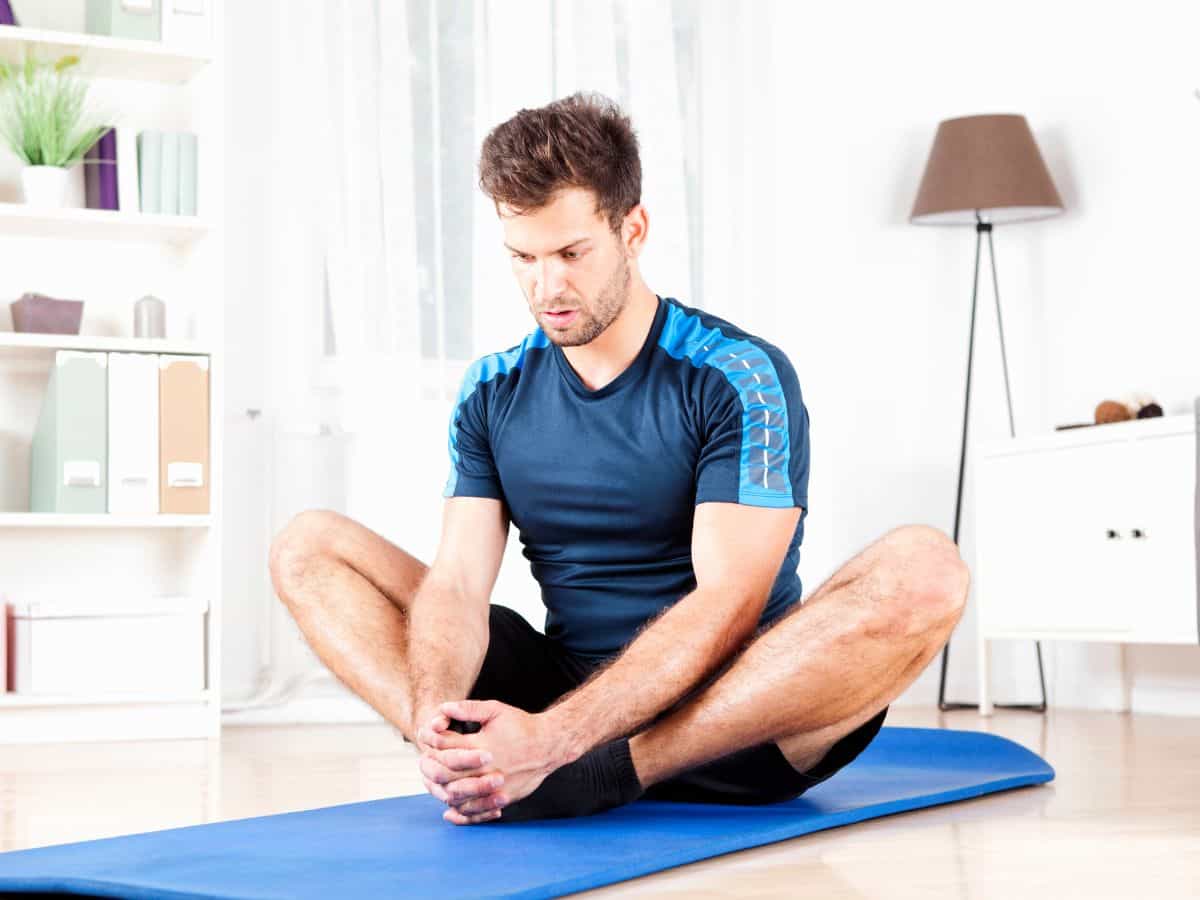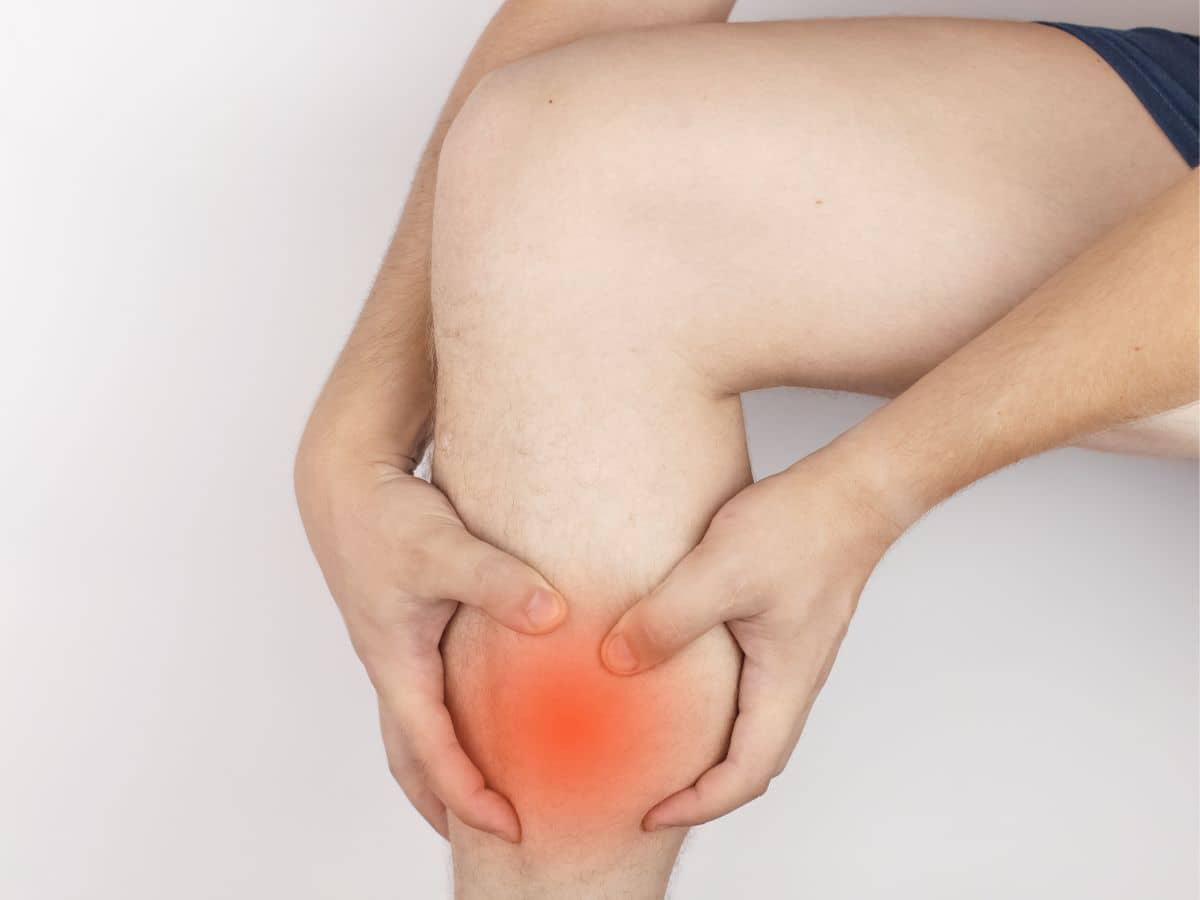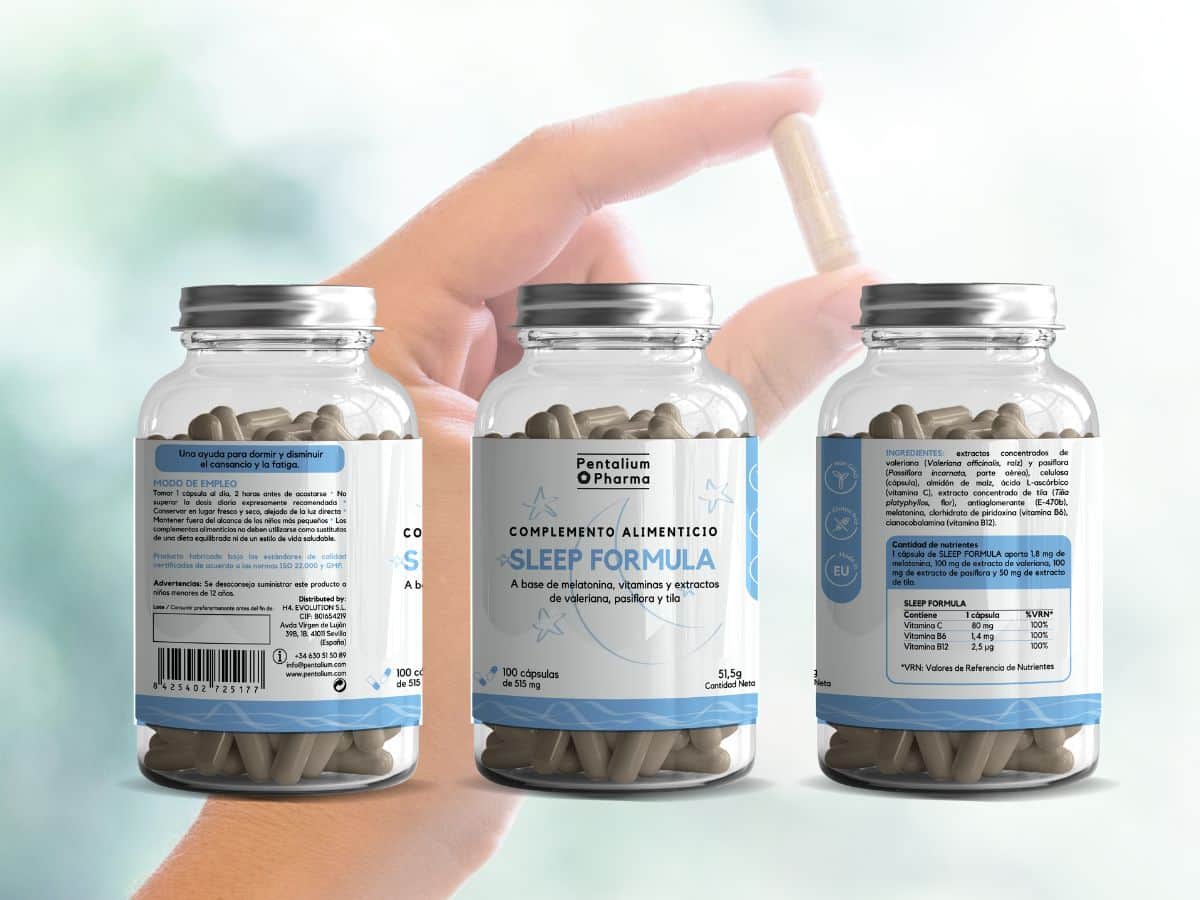
Advice from a physiotherapist on how to prepare for a marathon
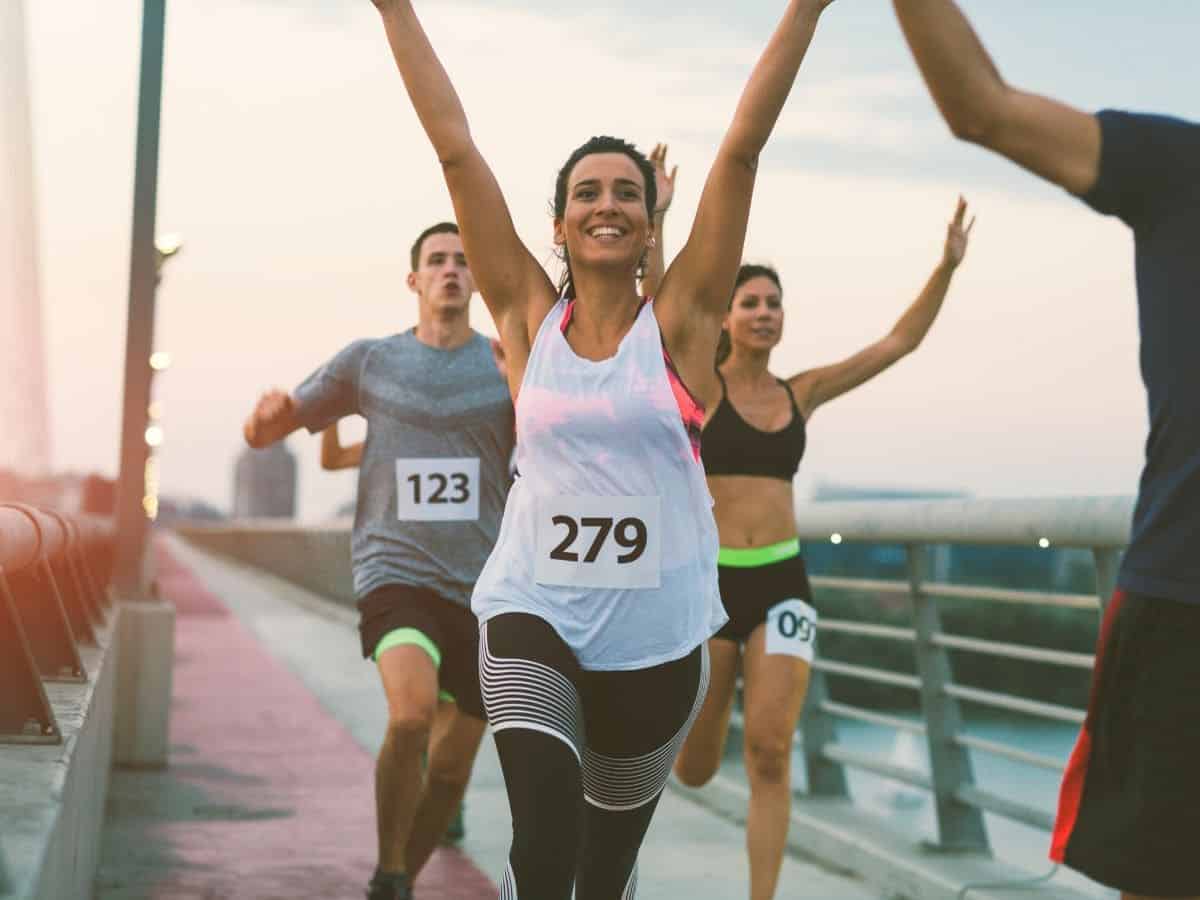
Tabla de contenidos
What are the benefits of going to physiotherapy to prepare for a marathon?
In recent years, more and more people are taking up long-distance running and encouraging physical activity. I am talking about half marathon (21,097 meters) and full marathon (42,195 meters). These types of events require a great physical effort, being necessary to train characteristics such as endurance and physical strength beforehand.
As a physiotherapist and long distance runner, I have realized the lack of knowledge about the factors to take into account during the preparation and prevention of injuries in this type of events. That’s why I show you everything you need to take into account before, during and after running to prepare your body.
Before starting training
- Appropriate sneakers. Shoes with good cushioning and support are essential.
- Stress test. To ensure that we are in good physical condition.
- Training plan adjusted to the sporting experience of each person. Ideally, you should be able to train with qualified personnel who can plan your goal based on your fitness level.
During preparation
- Strength work. Strengthening your leg muscles is key to avoid injuries.
- Short series. Speed training in order to adapt your body to run faster over longer distances.
- Physiotherapy. It is the key to give your body a break and help it recover in a faster and more effective way, using tools such as manual therapy (massage), pressotherapy to drain waste substances or diathermy to improve the atmosphere of our muscles.
- Foam roller. Improves muscle recovery through its myofascial release effect.
- A good hydration with mineral salts, as well as foods rich in proteins that can intervene in muscle regeneration.
After the race
- Rest. After an event we must give your body a sporting break, so that it can regenerate after the wear and tear that we have demanded of it.
- Unload legs. A good deep tissue massage performed by a physiotherapist will help us to recover our pre-race sensations, as well as to continue with our sports activity avoiding overloads or injuries.
- Train below your threshold. Although we want to continue to improve, the first few weeks we should do softer training. With low heart rates and good sensations.
- Set new goals and times. Always accompanied by a professional to help us manage the times and training according to our physical condition and daily routine.
As a physical therapist I like my patients to understand that your body requires time and patience when you want to achieve your goals. A bad adjustment of the loads or overtraining can cause injuries that can leave us out of the game for a while. The most common in runners are pain in the soles of the feet (plantar fasciitis), pain in the knees (chondromalacia patella), fibrillar tears of calves or hamstrings, groin pain (overloaded adductors or psoas among others), etc..
Frequently Asked Questions
Here are the 7 most frequently asked questions a marathon runner should ask himself:
How far in advance can I prepare?
Generally speaking, the half marathon should be started at least 10 weeks in advance and 20 weeks for a full marathon.
This period of time is approximate since each body has its own timing. The most important thing is to prepare progressively.
How many times a week do I have to train?
Depending on the distance, the idea is to train 3 days/week for less than 35 km as would be the case of a half marathon. And 4 days/week for more than 40 km or full marathon. In these trainings we must include a varied work (hills, series, changes of pace, technique, etc). Likewise, it is vital to avoid injuries, to include 1 or 2 strength sessions per week and a review by a physiotherapist in case of sustained discomfort.
How should I train in the weeks before?
The two weeks prior to the race we are in the unloading or tapering phase. The goal is to train gently to assimilate all the previous work and maintain muscle tone. The ideal is to reduce the mileage, so you will run more rested and with more desire the day of the race.
Scientific evidence tells us that it takes 2 weeks for training to take effect. Therefore, anything you try to overtrain in this period will not have any positive effect on the competition, it may even be a significant wear and tear.
What do I do if I get sick or can't go running?
If we have a fever, your body is telling us that it needs rest from an infection, so we should not go running.
If you have a persistent cough it is best not to run, but you can do other types of training such as eccentric exercises or a stretching session.
In general terms, if we have nasal congestion, sneezing and other symptoms should not limit us, in fact moderate to gentle running can help activate our immune system. However, if we have general malaise, generalized muscle and joint pain, sore throat or difficulty breathing, running is definitely not an option.
How do you breathe correctly while running?
The ideal is to breathe through the mouth. During the race the oxygen required by our muscles is much greater, so this type of breathing allows us to take a greater volume of air and therefore a greater oxygen intake, thus achieving optimal breathing.
What can I do to prevent injuries?
The first thing to do is to make a good warm-up always before running, where we perform joint mobility of hips, knees and ankles. As well as a specific running technique (skipping, Russian, lateral running, multi jumps, etc).
Stretching sessions prepare the body for training, in addition to increasing flexibility. It is important not to stretch excessively after intense workouts, as this may cause fibrillar micro-tears as the muscle is shortened and »hot» and may cause discomfort after the body cools down.
It is also a good option to use natural creams to regenerate tissue, modulate inflammation and reduce pain in case of discomfort. Pentalium CBD is very useful because of its mineral ingredients (Glucosamine, Chondroitin and MSM) for protect the most heavily loaded joints such as ankles and knees. On the other hand, Pentalium CBD Cold Effect is recommended for accelerate muscle recovery after EAI (high intensity training) and reduce the annoying stiffness.
Do I need to take gels?
You can take them or not, it’s your decision. The ideal is to take something that gives us a peak of glycogen so that our muscles remain in optimal condition during the race. You can opt for taking gels with or without caffeine, I advise water-based and near a refreshment point where you can drink some water, although there are other options such as eating a piece of banana, dates, raisins or dried apricots, which are foods that naturally offer a high glycemic intake, in some races you can find them in the
refreshment posts.
About the author
Claudia Ciudad - Physiotherapist
I am dedicated to helping people solve their physical problems. From a sports injury to a chronic pain pathology. I also make sure that my patients can understand how their body works, prevent future pathologies and solve their ailments from my own therapeutic approach.
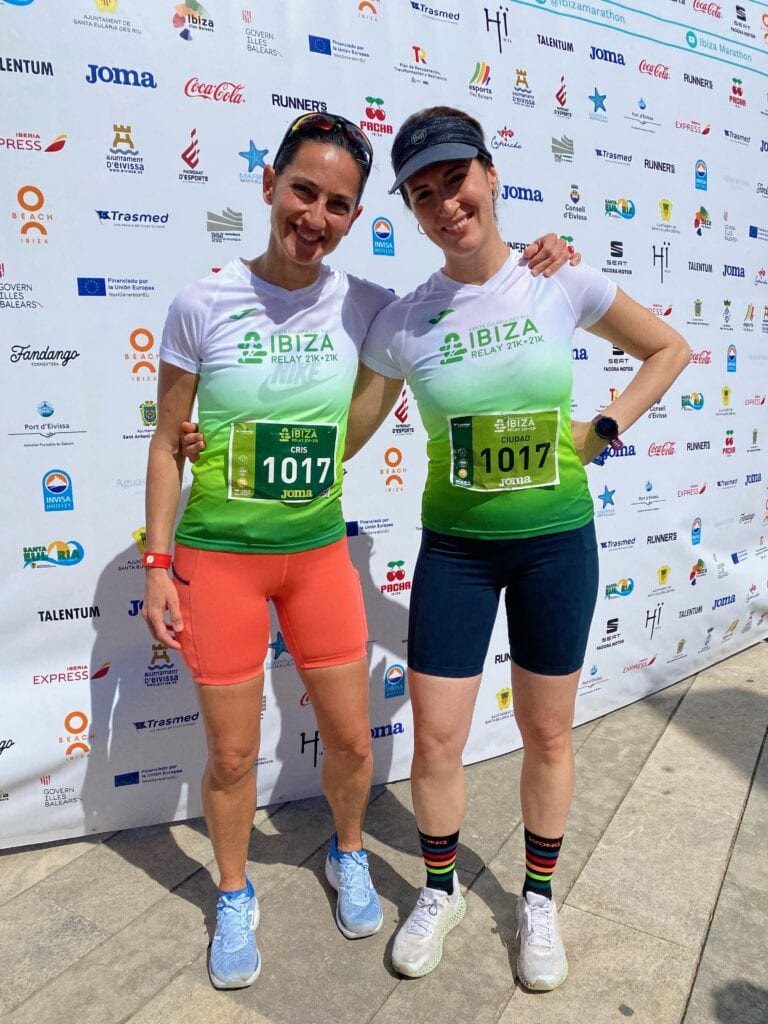
Claudia Ciudad participates in the Relay Ibiza Marathon 2022
